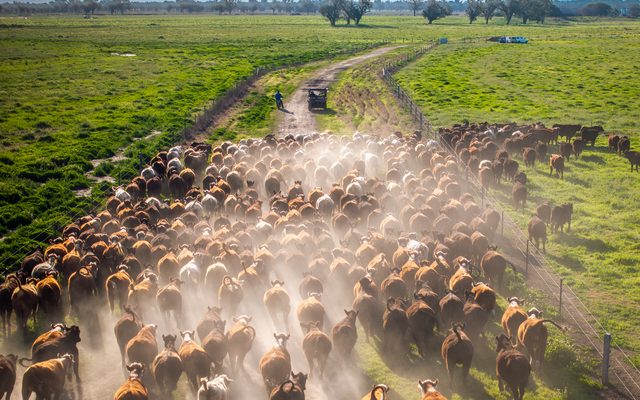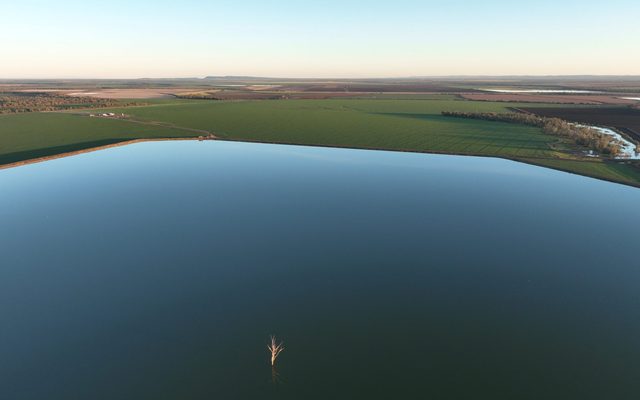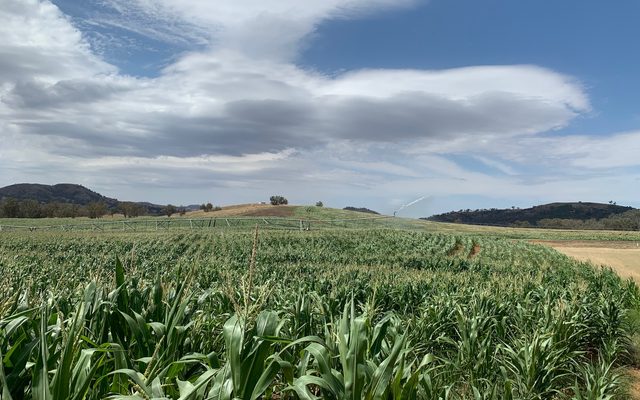This article is from the Australian Property Journal archive
MAJOR corporate grain farmer Lawson Grains is acquiring the 13,500-hectare Jemalong Station, near Forbes in central west NSW, in a circa $85 million deal with Dutch agricultural investors Optifarm.
The deal remains subject to Foreign Investment Review Board approval.
Optifarm put Jemalong to the market early in the year, fresh from its $120 million sale of one of Australia’s largest irrigate farms, Gundaline, in NSW’s Murrumbidgee Irrigation area, to Chinese clothing manufacturer Jinsheng Textiles. It had bought that property in 2018 for circa $65 million from Southern Agricultural Resources. Optifarm had also acquired Jemalong in 2018 alongside the adjoining Jemalong Citrus in a $115 million deal, which also included the 32,730-hectare Merrowie Station at Hillston.
Jemalong was offered with 2,580 megalitres of Upper Lachlan Alluvial groundwater and 1,134 megalitres of Lachlan River General Security Water delivered via the Jemalong Irrigation Scheme.
In recent seasons it has produced cotton, winter cereals, oilseeds, and fodder crops, and has been used for beef cattle, wool and lamb production.
Cotton yields have tipped about 12 bales a hectare, six tonnes a hectare for wheat, and 2.5 tonnes a hectare for canola.
LAWD’s Danny Thomas did the deal.
Lawson Grains’ agricultural portfolio includes 70 properties across NSW and Western Australia. The company is backed by Sydney-based global forestry investment manager New Forests and Canada’s Alberta Investment Management Corporation, who acquired the portfolio in a $550 million deal in 2021 from Macquarie Crop Partners.
Lawson Grains’ purchase of Jemalong follows its near-$40 million acquisition of the 2,860-hectare Green Park aggregation at Rand in the NSW Riverina earlier this year. The aggregation neighbours its Borambil Aggregation, which it acquired a decade ago.
Institutional investors looking for agricultural real estate are again finding a competitive advantage against family enterprises, as the return of more “regular” market conditions fails to temper demand for top-tier assets, according to Thomas.




